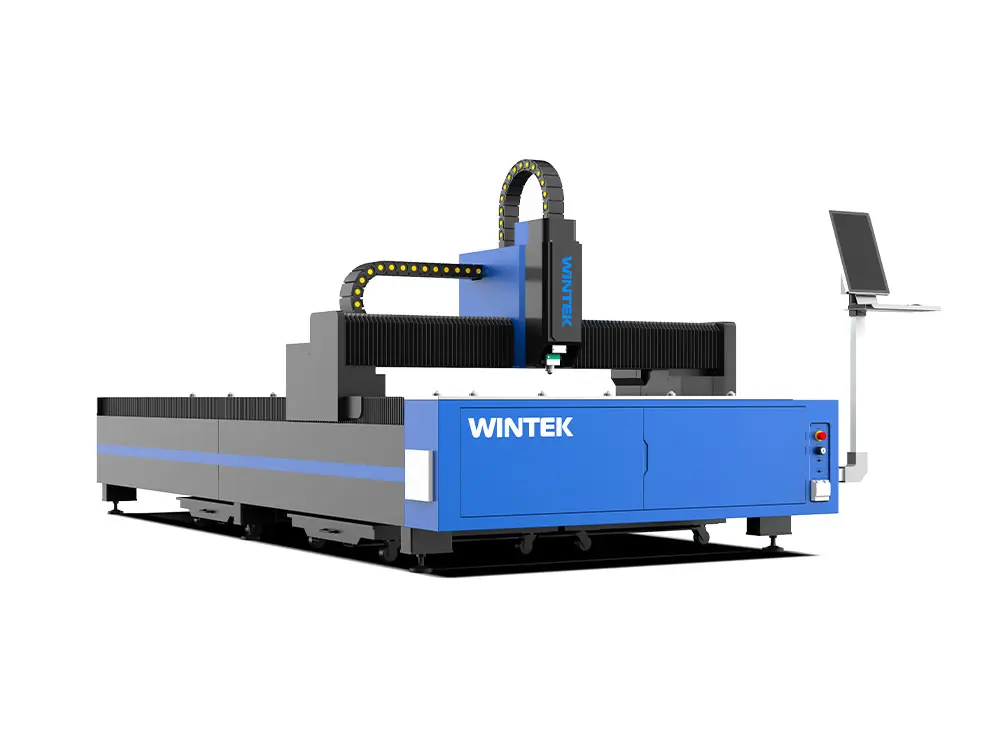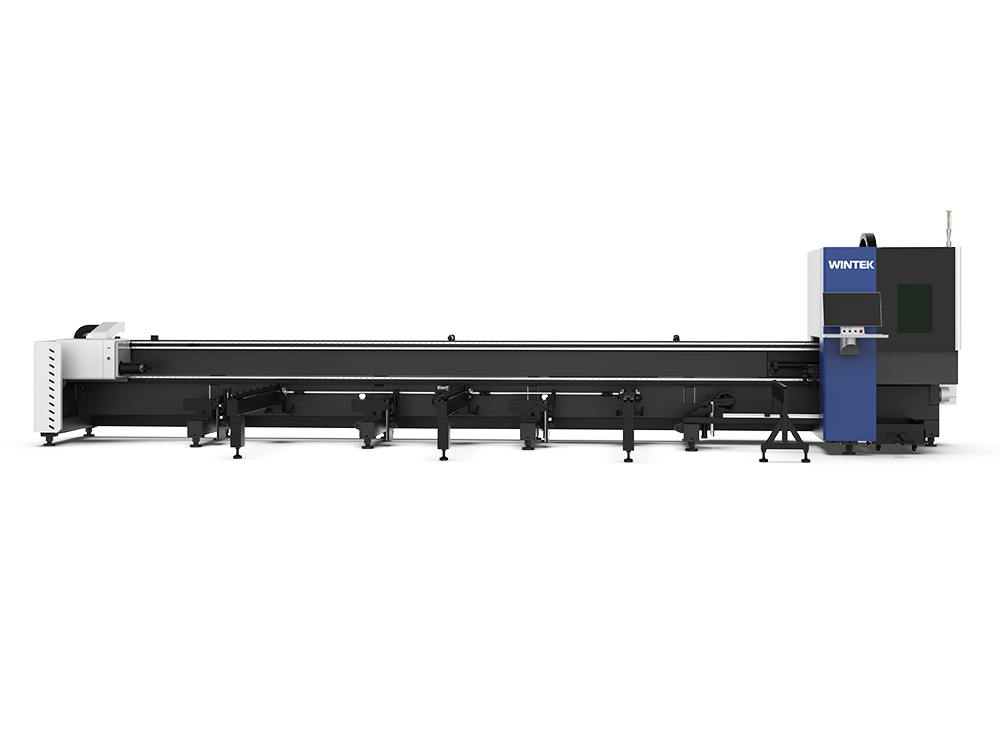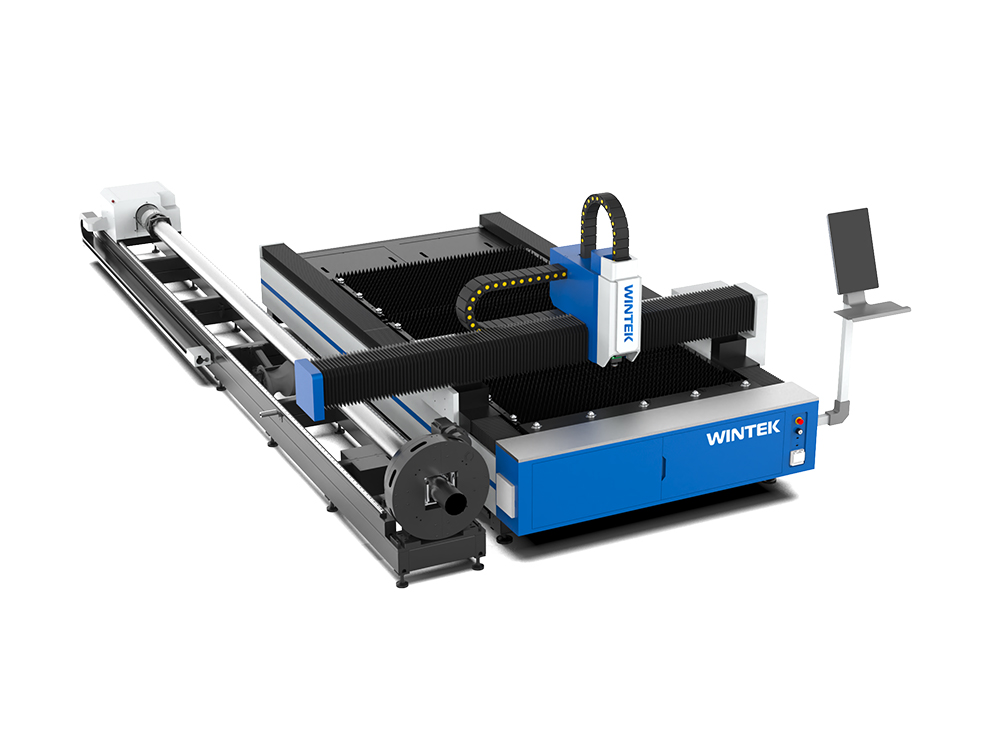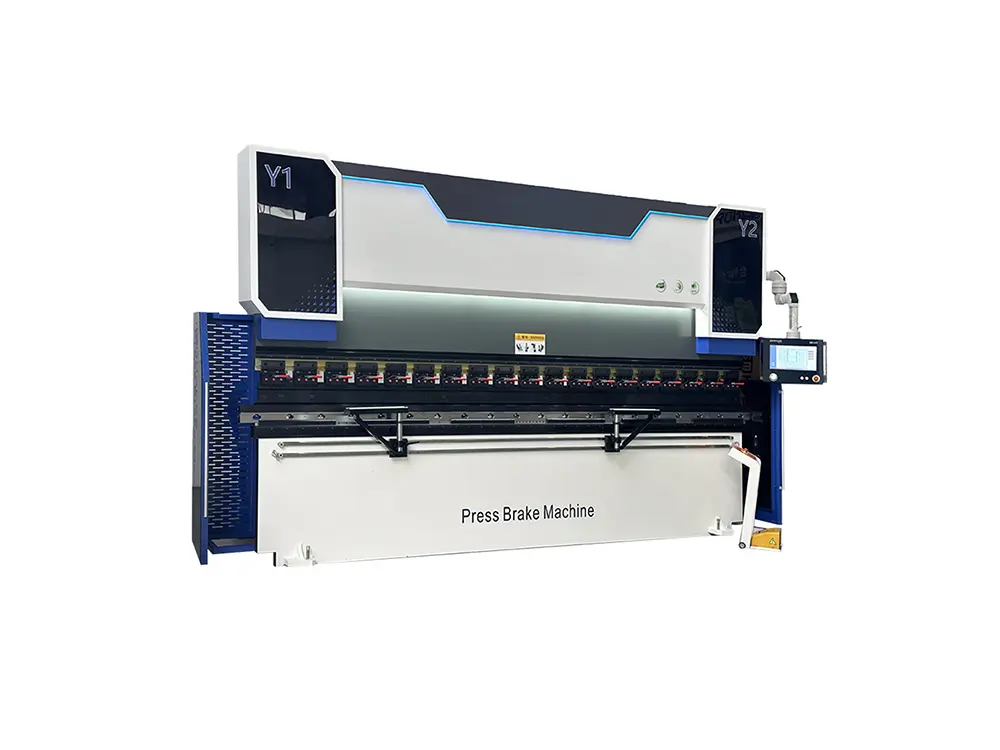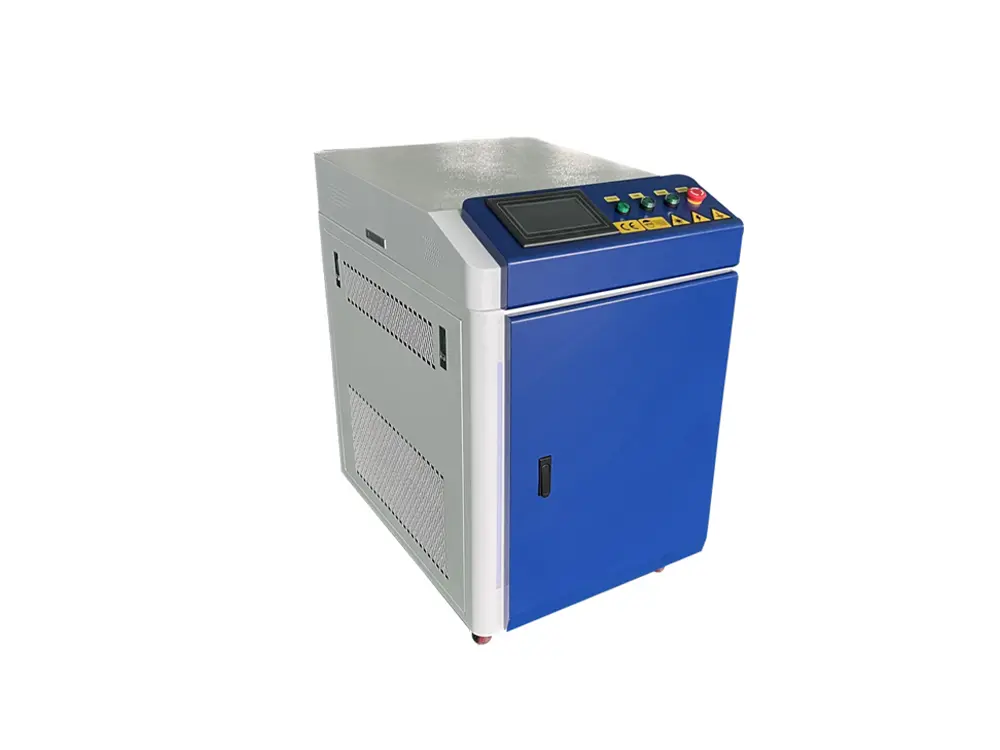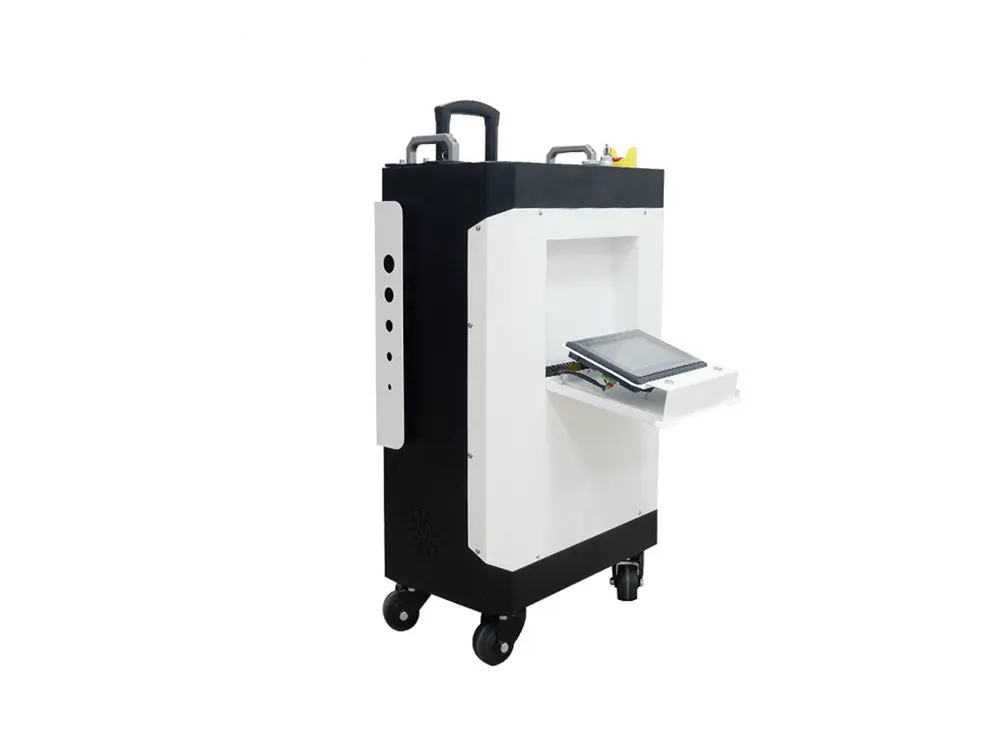In recent years, fiber laser cleaning technology has gained popularity in various industries due to its high efficiency, eco-friendliness, and non-contact nature. It is widely used in fields such as manufacturing, shipbuilding, and precision maintenance. However, with numerous brands and models available on the market, choosing the right fiber laser cleaning machine can be challenging.
This article will provide a comprehensive guide to help you make an informed decision by covering aspects such as identifying your needs, understanding technical parameters, analyzing market trends, evaluating brands, considering after-sales support, and avoiding common pitfalls.

Define Your Cleaning Needs
The first step in choosing a fiber laser cleaning machine is to identify your cleaning requirements. The following questions can help you better define your needs:
- Cleaning Target: What material needs cleaning? Is it metal, ceramic, wood, or another type of material?
- Cleaning Type: Are you primarily removing rust, oil stains, coatings, or other contaminants?
- Cleaning Precision: Do you require rough cleaning, or is high-precision surface treatment necessary?
- Working Environment: Will the machine be used on a fixed industrial production line, or portable use in diverse scenarios?
Based on these needs, you can determine the type, power, and portability of the laser cleaning machine that suits your application.
Pay Attention to Technical Parameters
Fiber laser cleaning machines differ significantly in their specifications, which determine their performance. Below are some key parameters to consider:
1. Laser Power
The laser’s power output directly impacts cleaning efficiency.
Low Power (50W-200W): Ideal for small-scale or delicate cleaning tasks.
Medium Power (300W-500W): Suitable for moderate industrial applications, such as light rust or oxide removal.
High Power (1000W and above): Best for heavy-duty cleaning, such as removing thick coatings or deep rust.
2. Laser Modes
Fiber lasers can operate in pulsed or continuous modes.
Pulsed Lasers: Produce focused and short bursts of energy, ideal for cleaning heat-sensitive materials or intricate components.
Continuous Lasers: Provide steady power output, suitable for large-area or high-speed cleaning.
3. Scanning Width and Speed
The scanning width determines the coverage area, while the speed impacts cleaning efficiency. A wider scan (≥100mm) is ideal for large surfaces, while higher speeds (≥50mm/s) ensure faster processing.
4. Laser Lifetime
A reliable laser source should have a lifespan of at least 100,000 hours. Longer lifespans reduce maintenance costs and downtime.
Understand Market Trends and Applications
As industries shift towards eco-friendly practices, traditional cleaning methods such as chemical and sandblasting are being replaced by fiber laser cleaning due to its non-polluting nature.
Fiber Laser Cleaning Machine Application Examples:
- Manufacturing: Surface preparation, rust, and oxide removal before welding or coating.
- Automotive Industry: Cleaning oil stains, rust, and welding residues.
- Cultural Heritage Restoration: Removing surface contaminants without damaging delicate artifacts.
- Ship Maintenance: High-efficiency cleaning of rust and marine deposits on ship hulls.
Evaluate Brands and Product Quality
With numerous manufacturers offering laser cleaning machines, choosing a reputable brand is essential. Consider these factors:
Technical Expertise
Choose a manufacturer with extensive experience and a strong focus on research and development. Brands that offer patented technologies or innovative solutions are preferable.
Certifications
Ensure the product meets international standards such as ISO, CE, or FDA certifications, as these indicate quality assurance.
Customer Feedback
Look for testimonials, reviews, or case studies that showcase real-world performance and reliability.
After-Sales Support
After-sales support is crucial for maintaining your machine’s performance over time. When evaluating potential suppliers, consider the following:
Warranty
Ensure a reasonable warranty period (1-2 years) that covers critical components like the laser source and scanner.
Technical Assistance
Check if the supplier provides comprehensive training and responsive technical support to troubleshoot issues quickly.
Spare Parts and Consumables
Ensure the availability of original spare parts and a clear understanding of maintenance costs.
Common Mistakes in Purchasing
When choosing a fiber laser cleaning machine, avoid the following pitfalls:
Focusing Solely on Price
Choosing the cheapest option may result in lower-quality performance, reduced durability, or higher maintenance costs.
Ignoring Power Suitability
Insufficient power can lead to inefficient cleaning, while excessive power risks damaging sensitive materials.
Neglecting Hidden Costs
Consider total operating costs, including energy consumption, maintenance, and potential downtime, instead of focusing only on the upfront cost.
Overlooking After-Sales Support
A lack of proper training, technical assistance, or spare part availability can significantly impact the machine’s long-term usability.
Failing to Test the Machine
Without testing, you may overlook critical factors like cleaning efficiency, ease of use, or compatibility with your specific requirements.
Conclusion
Choosing the right fiber laser cleaning machine requires careful consideration of your cleaning needs, understanding technical specifications, evaluating market trends, and ensuring reliable after-sales support. A good machine not only meets your immediate requirements but also provides long-term value through efficiency and durability.
Before making the final purchase, it is recommended to visit the manufacturer or distributor in person to experience the cleaning performance of the equipment firsthand. At the same time, you can compare the performance, service support, and pricing of machines from multiple suppliers to make the best decision.
By following this guide and taking the time to evaluate your options, you can choose the machine that best fits your application and budget. If you have any further questions, feel free to consult Wintek for personalized advice.

